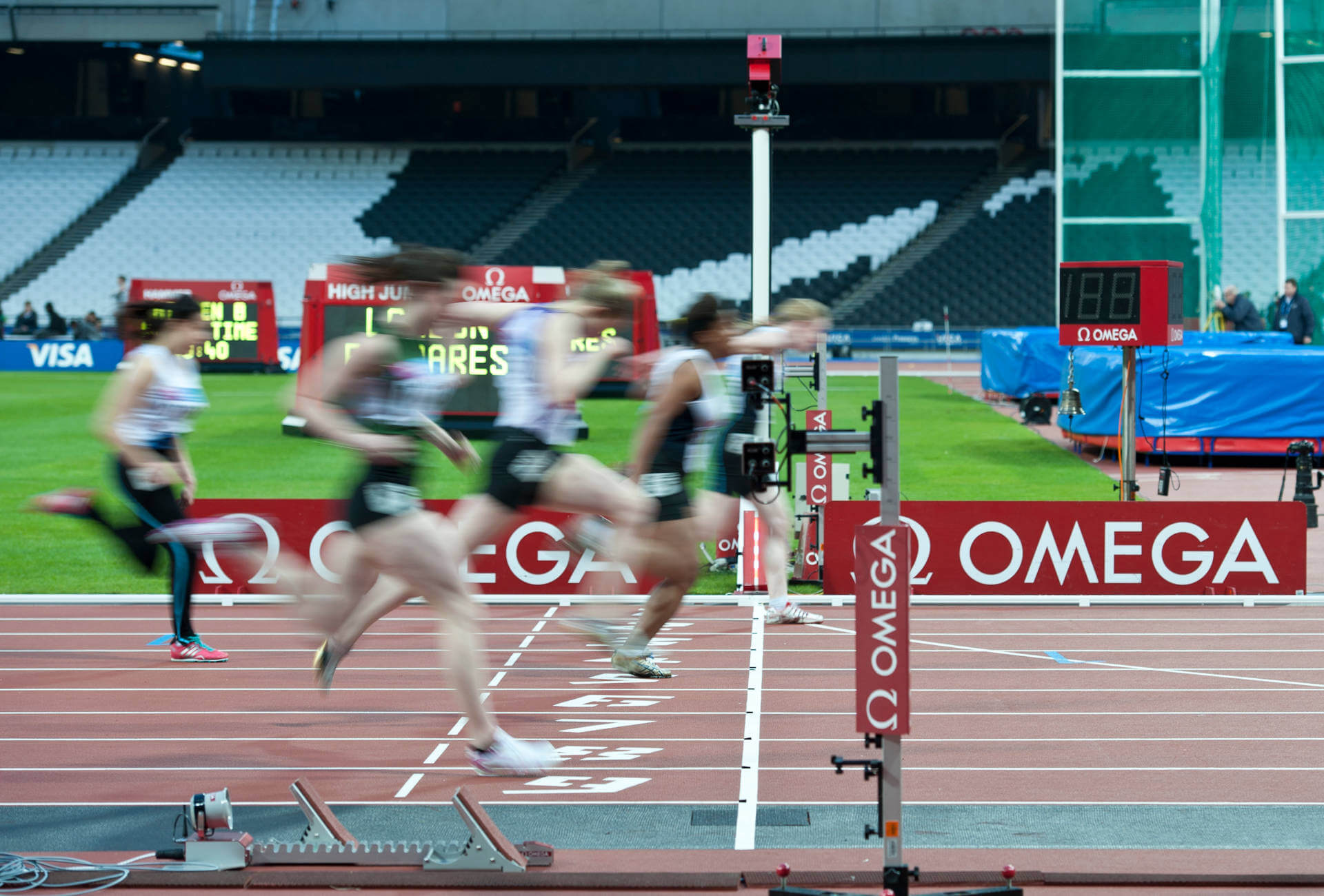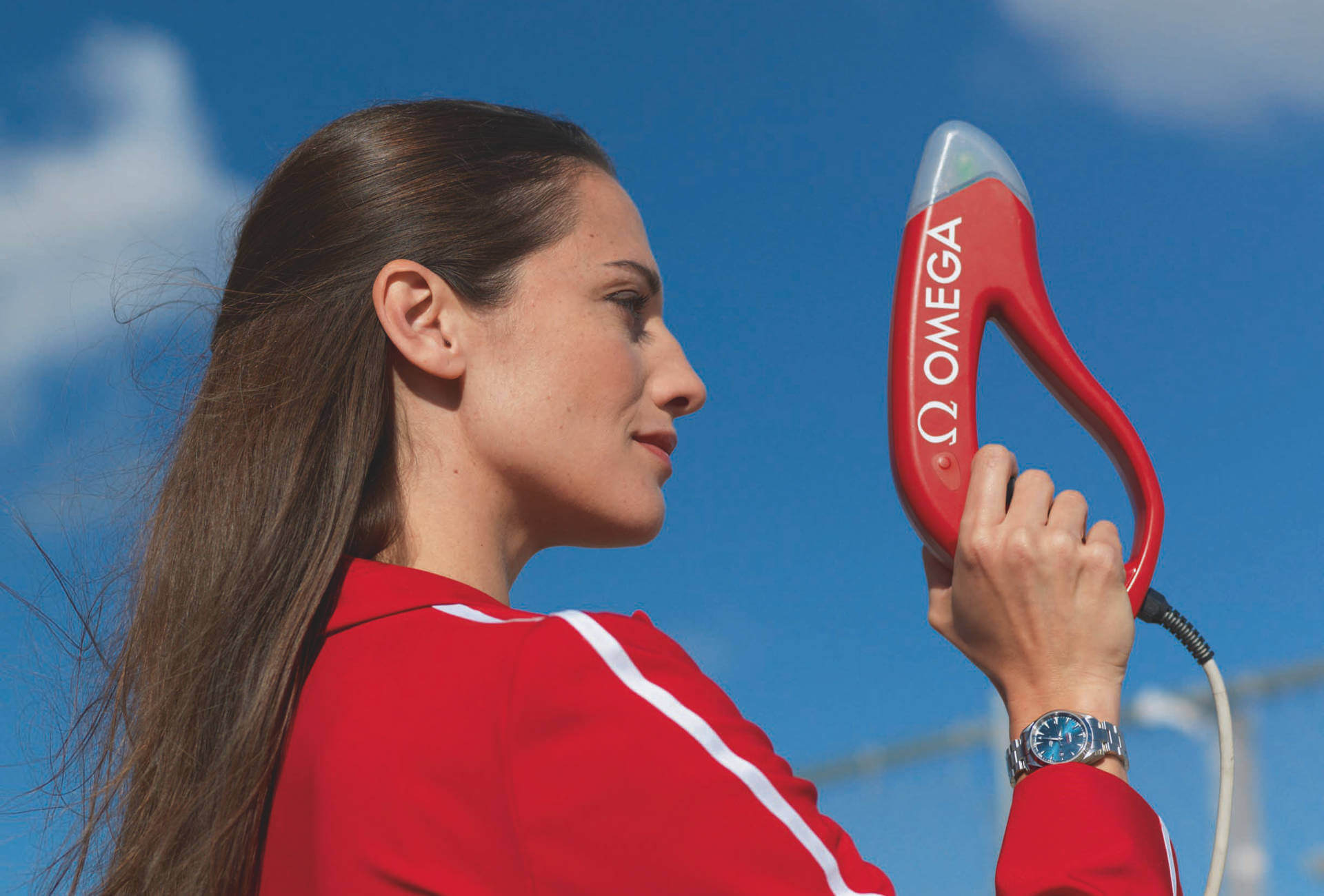The stats are eloquent: 450 tons of equipment, 480 professionals on-site along with 850 trained volunteers, 200 km of cables and optical fibre, around 80 public scoreboards… Omega is clearly on top form and the Bienne-based brand is certainly not in Brazil to dance the bossa nova, climb the Corcovado, catch a tan in Copacabana or sip caipirinhas in Ipanema. When you are Official Timekeeper of the Olympic Games for the 27th time, farniente is definitely not the order of the day. Under the burning sun of Rio de Janeiro, the focus is instead firmly on precision, surpassing technical limits, accompanying sporting feats and ensuring optimal technological performance.

Like the human quest for athletic records, Omega has literally revolutionised timekeeping for Olympic sports. Many decades have elapsed since the brand first took part as Official Timekeeper for the Los Angeles 1932 Olympic Games. That year, a single Swiss watchmaker, equipped with 30 split-seconds chronographs, had travelled to California. An impressive feat in itself that earned Omega this praise from the Sports Technical Director in Los Angeles. “It is impossible to contemplate the wonderfully successful Games of the Xth Olympiad and the unprecedented athletic performances which featured the Games without recognising the part played by Omega.” The start of a long and fruitful history…
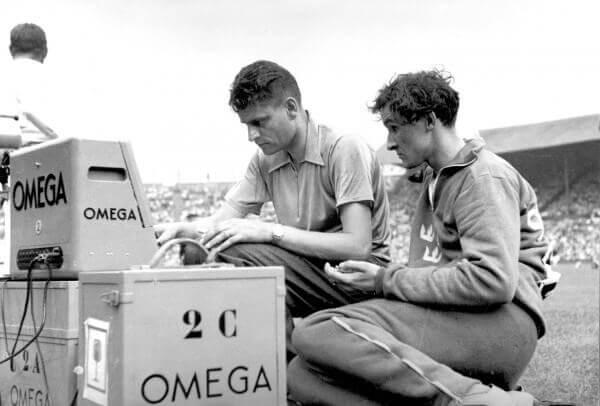
Omega as a team (time) player
Over the years, Omega has constantly perfected its timing techniques. In 1948, the brand unveiled the very first photoelectric cell at the Winter Olympics in St. Moritz and the Summer Olympics in London. This innovation marked the start of modern timekeeping. In 1952, the Omega Time Recorder was the first apparatus enabling print-outs of athletes’ accomplishments and Omega was awarded the Olympic Cross of Merit. 1964 saw a complete paradigm shift with the very first all-electronic edition of the Games at Innsbruck. The Omegascope made it possible to broadcast events while displaying real time by luminous numerals embedded at the bottom of the screen – a stunning accomplishment at the time!
In 1968, while Paris was in turmoil due to the student revolt, another revolution was taking place at the Olympic Games in Mexico City. Touch-pads placed at both ends of the swimming pools enabled swimmers to stop their own clocks, a device that proved practical, accurate and beyond dispute!

In 1992, Omega displayed even greater precision in Albertville with the Scan-O-Vision system used for speed skating and enabling digitally measured times to the nearest thousandth of a second as competitors crossed the finish line. At the 2010 Vancouver Games, the legendary starting pistol was replaced by the resolutely futuristic combination of a flash gun and a sound generation box. In 2012, the revolution continued with the Quantum Timer with an enhanced resolution of one millionth of a second, offering yet another example illustrating the undeniable mastery of Olympic time displayed by Omega. “Citius, Altius, Fortius” (Faster, higher, stronger) was the motto proposed by Pierre de Coubertin, founder of the International Olympic Committee. The parallels between Omega and the Olympic Games leave no doubt as to the watch brand’s wish to make these superlatives of superiority an absolute rule.
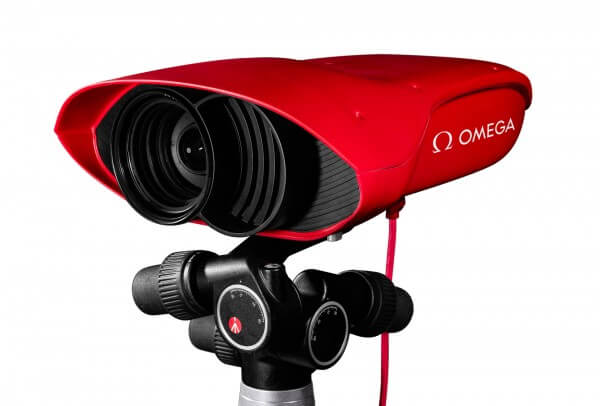
Going to Rio…
The Swiss brand has naturally spared no effort for the first Olympics ever held in South America. While machine-driven precision has long since supplanted human-operated endeavours, sports timekeeping deserves constant improvement. Among the first to benefit from this technological ‘carnival’ are track and field athletes. From now on, so as to enhance detection of competitors’ body patterns as they cross the finish lines, the latter will be equipped with four photocells instead of two. Another significant innovation is the first ever presence at the Olympics of the Scan ‘O’ Vision Myria, a hybrid photofinish camera that is a combination of a time detector and a chronograph, capable of capturing 10,000 frames per second. Ideal for timing the 100-metre sprint for example.
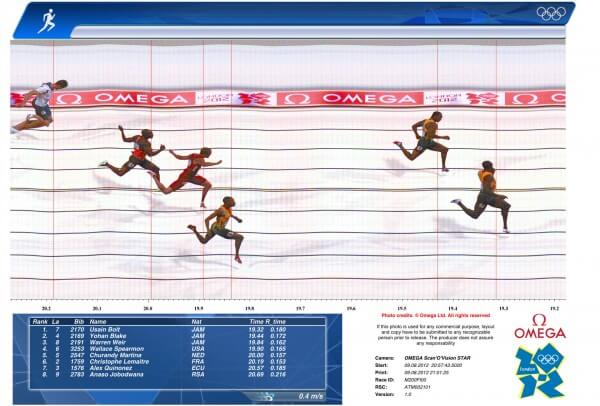
Starting blocks are also being treated to new technology serving to detect false starts by measuring athletes’ force against the footrest up to 4,000 times per second by means of built-in sensors. To ensure an optimal start, the starting blocks are also equipped with a loudspeaker connected to the electronic starting gun. In addition, the scoreboards located along the track and at the finish line also benefit from innovative features. Driven by new software, they are capable of displaying text and live information, along with animations, athlete pictures and visual imagery. Golf spectators will especially enjoy the enhanced convenience and legibility of new scoreboards providing live output of the speed, estimated distance and height of each stroke.
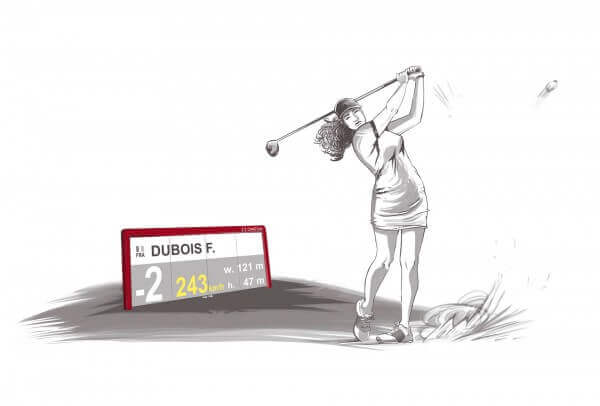
We cannot know whether the Oracle of Delphi would have managed to predict these technological developments almost 3,000 years ago at the first Greek Olympic Games organised on the western side of the Peloponnese peninsula. But she might well have shared Pierre de Coubertin’s statement that “Participation is what counts”. A maxim that Omega follows to the letter by establishing itself as a legitimate and undisputed partner of the Olympics. The brand literally ‘owns’ time in the Marvellous City. Tick-tock, samba, samba…








